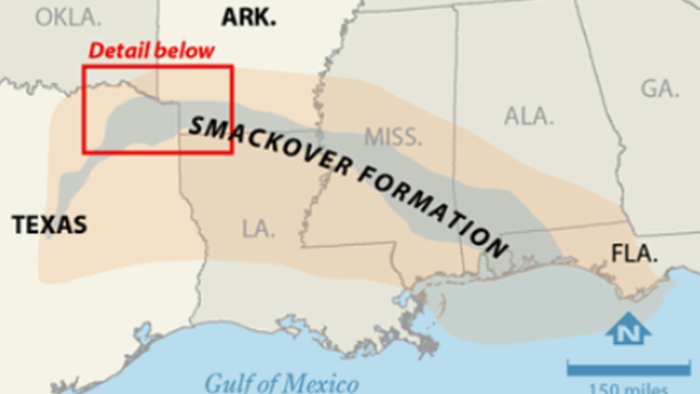Copyright Cable News Network

Nearly 5 million food stamp recipients will not receive any benefits in November under the plan the Trump administration issued Tuesday to comply with a court order, according to a new analysis. That’s because their usual allotment is less than the planned reduction in benefits that’s taking place amid the government shutdown, according to the analysis from the left-leaning Center on Budget and Policy Priorities. The US Department of Agriculture said Monday that it would issue partial benefits this month by tapping into the Supplemental Nutrition Assistance Program’s contingency fund, after two federal judges said the agency was required to do so. The courts also gave the USDA the option of shifting other money to SNAP to enable it to pay full benefits in November, but the agency declined, citing risks to other nutrition programs. In a court filing, the agency said that $4.65 billion in emergency funds will “be obligated to cover 50% of eligible households’ current allotments” and that it would notify states by what percentage the maximum SNAP benefits are to be reduced. Full benefits would total about $8.2 billion for November. But the plan the USDA issued to states calls for providing only about $3 billion in food stamp benefits, which will result in an average cut of 61% for the month, the center found. Only a 43% cut would be needed to keep spending in line with the available funds. The USDA’s guidance calls for reducing maximum and minimum SNAP benefits by half, but that process results in a deeper reduction in average and total allotments because of the way the assistance is calculated, according to the analysis. The formula calls for subtracting 30% of a household’s monthly net income from the maximum benefit for its household size. Most households have some income and don’t receive the maximum allotment. For example, a single parent with two children who has no income will receive $392 – or half the usual maximum benefit – in November, under the USDA’s plan. A little over one-third of households receive the maximum allotment. But that same family with a $900 monthly income will receive $122, instead of its normal $515 in assistance. And if that family earns $1,500, they will not get any benefits this month, instead of the usual $335. Some 55% of households with at least some income and that receive neither the maximum nor the minimum benefit will have their allotments cut by more than half, according to a declaration filed Wednesday by the center’s president, Sharon Parrott, in one of the court cases. Nearly 42 million Americans receive food stamps. The USDA is also cutting the minimum benefit of $24 in half, which the center argues violates SNAP regulations, which require these households to receive the minimum amount unless maximum allotments are cut by at least 90%. Only households of one or two people receive at least the minimum benefit. “By cutting benefits even more deeply than necessary, the Administration — which previously argued (contrary to federal law and the Administration’s own prior practice) that SNAP’s contingency funds aren’t legally available to cover regular benefits — has once again gone out of its way to inflict further harm on low-income families,” the center wrote in its analysis. CNN has reached out to the USDA for comment on the analysis. Delayed benefits Just when food stamp enrollees will receive their partial benefits depends on where they live. States must reconfigure their systems to take into account the reduced payments. That could take some states that use older technology weeks – or even months – to implement, a top USDA official said in a court filing. In North Carolina and Massachusetts, enrollees should receive their benefits next week, according to statements on the states’ websites. But Pennsylvania wrote a letter to USDA on Wednesday saying the agency had chosen the “most complex and labor-intensive approach possible” to issue partial benefits. The process will require 10,000 hours – a minimum of nine to 12 business days – to overhaul the state’s system, and it then would take another 10 days to issue benefits, according to the letter from Valerie Arkoosh, the state’s Department of Human Services secretary, which CNN has viewed. Also, the plan could increase Pennsylvania’s payment error rate. Instead, the USDA should let states send food stamp recipients half of their usual benefit as a one-time issuance for November, Arkoosh said, noting that the agency used this method to provide Covid-19 pandemic food assistance during the first Trump administration. “This will only further delay availability of food assistance for nearly 2 million Pennsylvanians who are currently not receiving benefits to which they are entitled, and result in wasted taxpayer dollars and long-term harm to Pennsylvania’s SNAP program,” Arkoosh wrote of the USDA’s guidance. Continued legal proceedings The delay in payments has raised fresh legal questions in cases challenging the administration’s initial decision to not provide SNAP benefits for November. In his ruling last week that the administration must tap into the contingency fund to provide at least partial SNAP benefits this month, US District Judge John McConnell in Rhode Island ordered the government to work “expeditiously” to ensure payments are made. But the coalition of cities, non-profits, unions and small businesses behind the legal challenge raced back to the court earlier this week, arguing the delayed payments meant the administration had run afoul of McConnell’s directive and urged the judge to issue a new order requiring the government to fully fund SNAP benefits for November. The administration pushed back strongly on those assertions in court papers filed Wednesday afternoon, saying that since it had released the money from its contingency fund to states and provided guidance on how state officials can calculate reduced payments, “there is nothing more USDA could do.” “The states are nonparties to this suit, and the court has not ordered them to, for example, hire additional technical staff or meet any particular deadlines. And Plaintiffs have not identified any authority for USDA to compel States to do anything other than distribute reduced benefits once the States have been authorized and the funds provided, as USDA has already done,” the government attorneys wrote. McConnell has set a hearing over the issue for Thursday.



